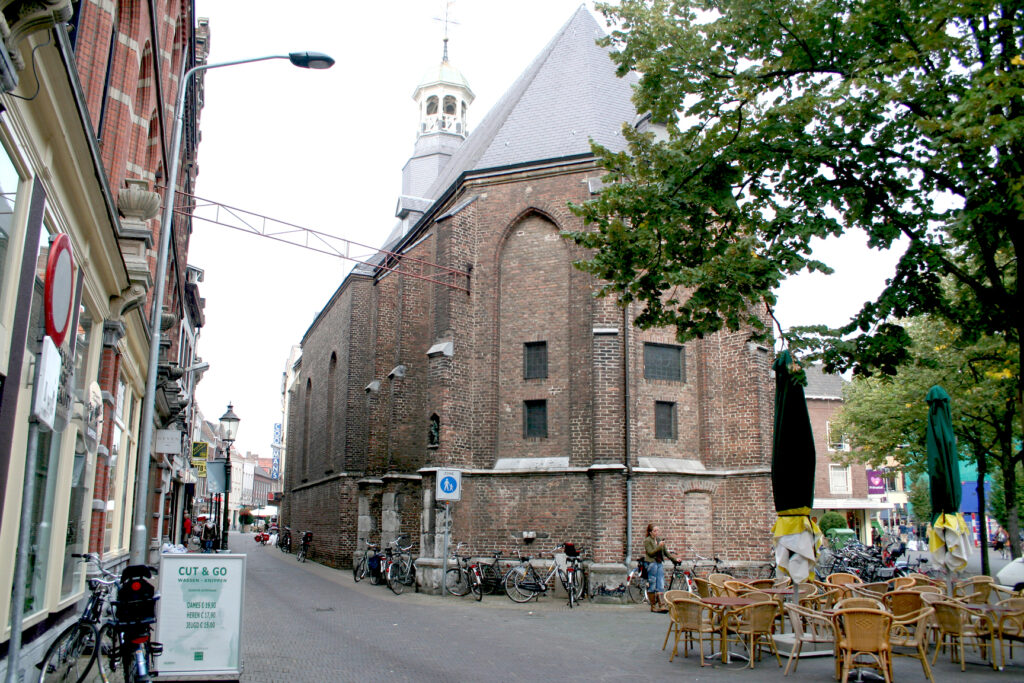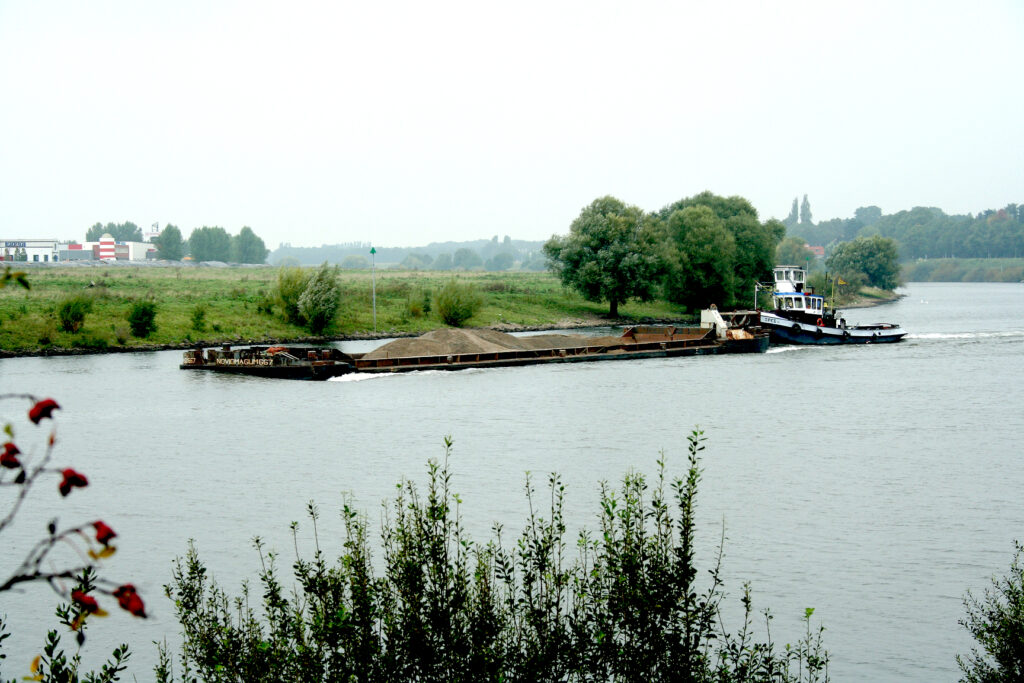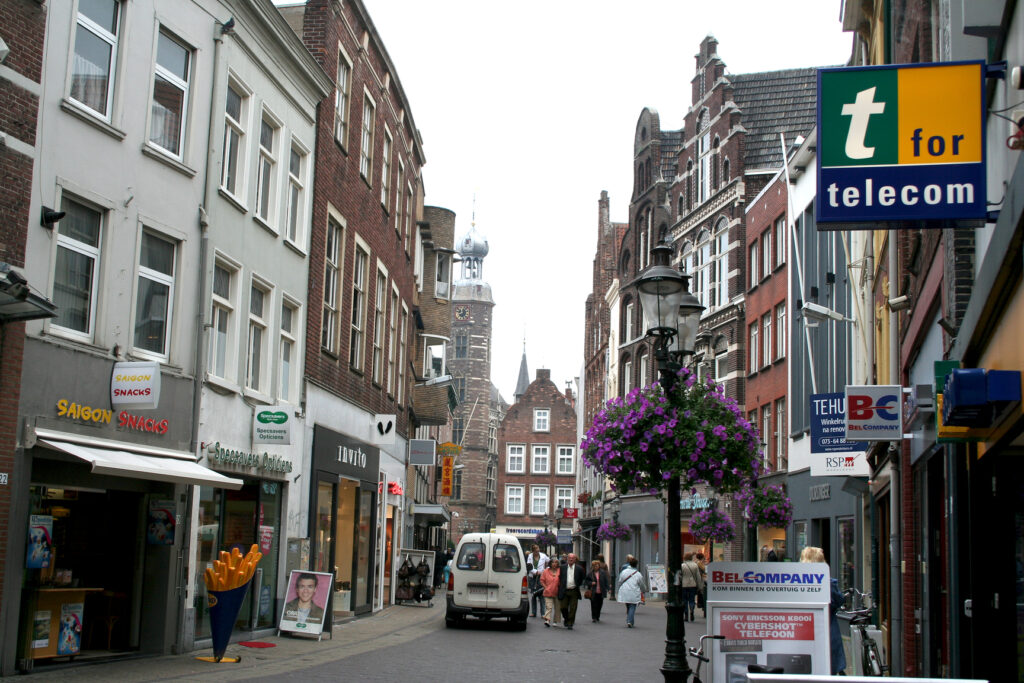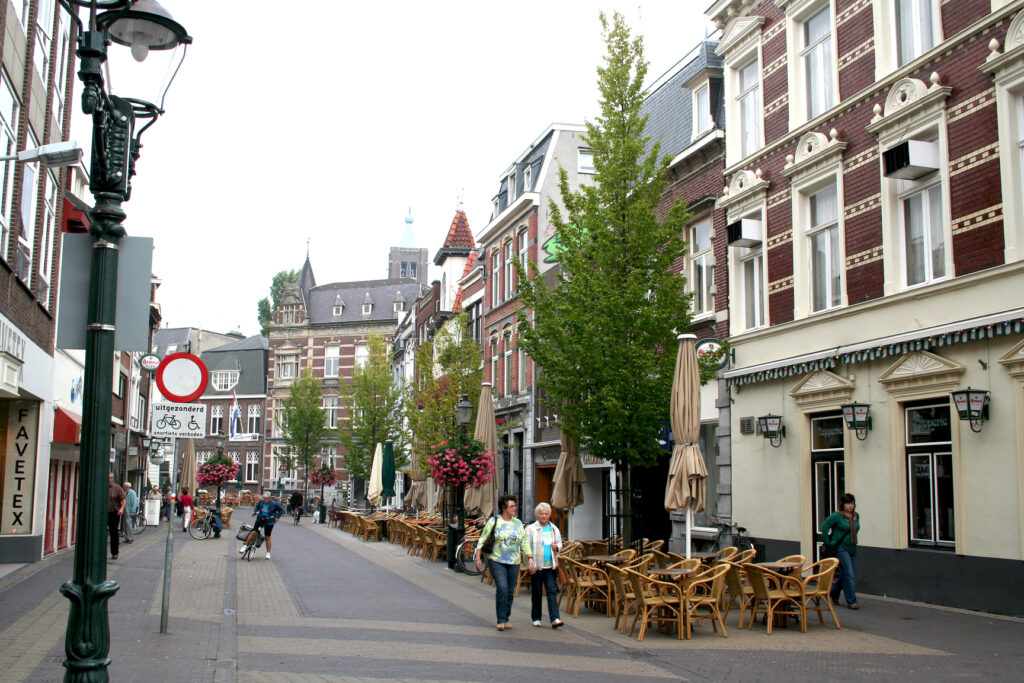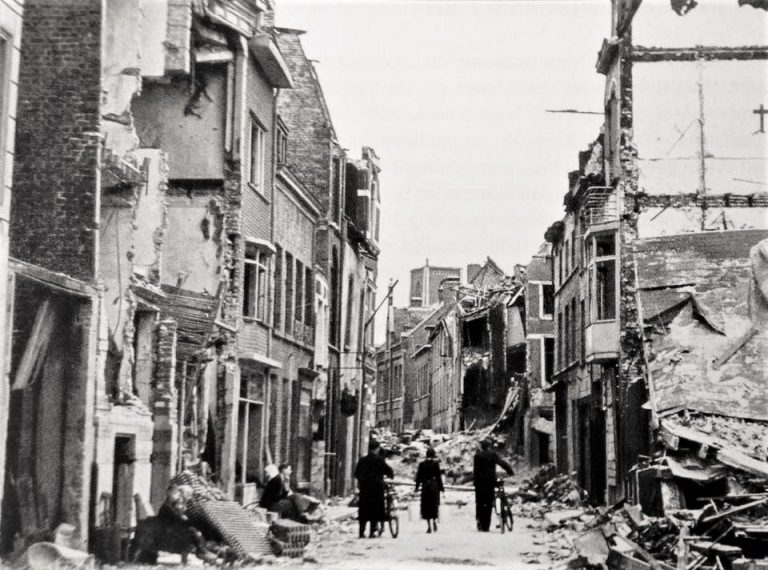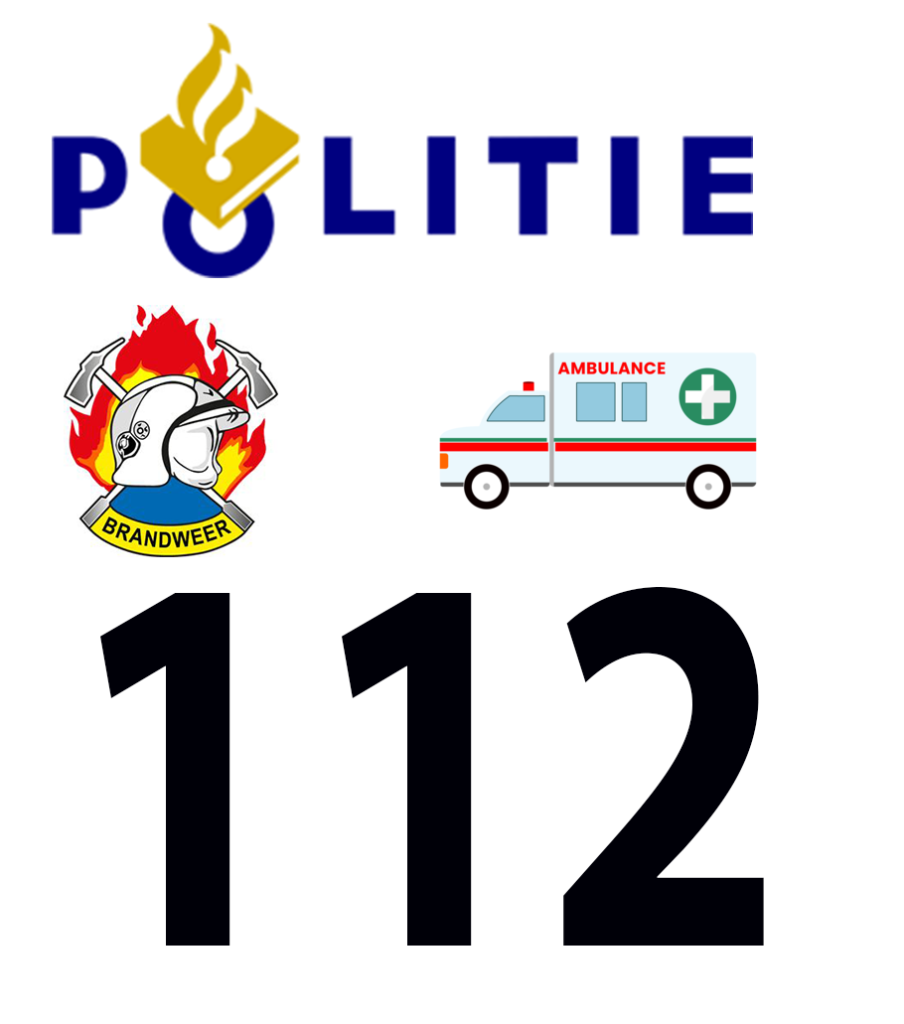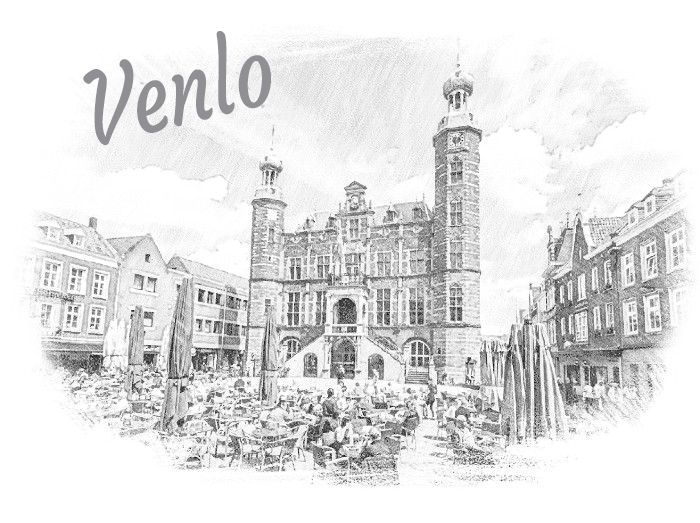
Venlo's historic center is a delightful labyrinth
Venlo is a picturesque city that captivates visitors with its unique blend of history, culture, and modernity. This charming Dutch gem is located near the German border, making it a hub of cross-cultural influences.
Venlo’s historic center is a delightful labyrinth of cobblestone streets, adorned with centuries-old buildings and charming canals. The city’s rich history is palpable in its architecture, with landmarks like the St. Martinuskerk and the Town Hall displaying a stunning mix of Gothic and Renaissance styles.
Beyond its historical allure, Venlo is also a dynamic and vibrant city. The Maasboulevard, a scenic riverside promenade, offers a perfect blend of relaxation and entertainment, while the buzzing shopping streets cater to diverse tastes, from boutiques to traditional markets.
Venlo’s commitment to sustainability is evident through its innovative projects. The Cradle to Cradle-inspired design of the city hall and the green initiatives throughout the city showcase Venlo’s dedication to a greener future.
Festivals and events are a highlight, showcasing the city’s lively spirit. The Zomerparkfeest, a four-day music and arts festival, draws crowds from all around. Additionally, Venlo’s proximity to nature provides ample opportunities for outdoor enthusiasts, with nearby forests and the Maas river offering hiking, cycling, and boating possibilities.
In essence, Venlo encapsulates the best of both worlds – a rich historical tapestry interwoven with contemporary dynamism. Whether you’re an architecture enthusiast, a nature lover, or someone seeking a vibrant cultural experience, Venlo has something truly special to offer.
St. George's Church
The Protestants were assigned the St. George’s Church in 1702.
In the French period (after 1795) the French used the church as a stable for their horses, confiscated the church bell and molested the pews and pulpit.
The congregation was in financial distress, but gradually things improved, until the Belgian Revolution broke out in 1830. Once again, the protestants’ lives were made miserable, but after a few years the city council and the Belgian government helped the Protestants and even gave them a new church bell.
LIMBURGS MUSEUM
The Limburgs Museum is the leading museum for culture and history in Limburg.
The museum collects, displays, and shares stories of Limburg.
It offers surprising perspectives on Limburg’s past, present, and future, as well as the wider world around us.
Limburg is a unique province. It was here that the nation’s first inhabitants settled, followed later by the first farmers. It was here that the Romans first entered our country and where the first Christians lived and the first cities were founded.
Prosperity-bringing meuse
Venlo is in a strategic position, at an important junction of roads at a crossing over the Meuse. The settlement was already inhabited in early Roman times (50 BC-70 AD).
Various finds of pottery, coins and jewelry have been found that indicate habitation by Roman soldiers and Romanized traders. Archaeological research in and along the Meuse has not shown that a bridge was located here. After the third century, the settlement near the current city centre of Venlo remained uninhabited for a number of centuries. No traces from the late Roman period are known. However, traces of habitation have been found on the west side of the Meuse until the seventh century.
In 1991, archaeological research uncovered a moat dating from 900. This indicates that in the 9th century a village of some size was already located in this part of the later city. In the Middle Ages, the city of Venlo was an important trading place on the Meuse, even comparable to German places such as Cologne, Spiers and Worms.
The "Steenen Huys"
The “Steenen Huys” was first mentioned in 1374. The noble lords who had rights here were largely bought out by the Duke of Guelders and left the city. It was in use for 250 years, until prosperity and peace allowed it to be erected a more modern building.
Using existing parts, a stately Renaissance building was designed by architect Willem van Bommel. It was built between 1597 and 1601. The wall anchors on the façade indicate 1598. Two corner towers of unequal height join the façade; the eastern one with a clockwork, the western one with a sundial. The Renaissance style was built of marl brick and stone. Originally, the ground floor of the town hall served as a market hall. The waag was also housed here, according to a facing stone.
shopping center
Venlo is a beautiful and dynamic city that possesses a diversified economy. With its strategic location in the Netherlands, it serves as the trading, transport, and industrial hub of the region. Venlo’s growing economy is driven by various sectors such as agriculture, manufacturing, logistics, and healthcare. The city also boasts a flourishing retail industry and is a popular shopping destination for people in the neighboring German Ruhr area. Venlo has a well-connected transportation system, making it easy to reach major cities like Amsterdam, Rotterdam, and Cologne. Not only is Venlo a thriving business and commerce center, but it also offers tourists a glimpse of its rich cultural heritage. The charm of the city lies in its historical landmarks, beautiful parks, and lively events and festivals. All in all, Venlo is a unique and exciting city that has something to offer for everyone.

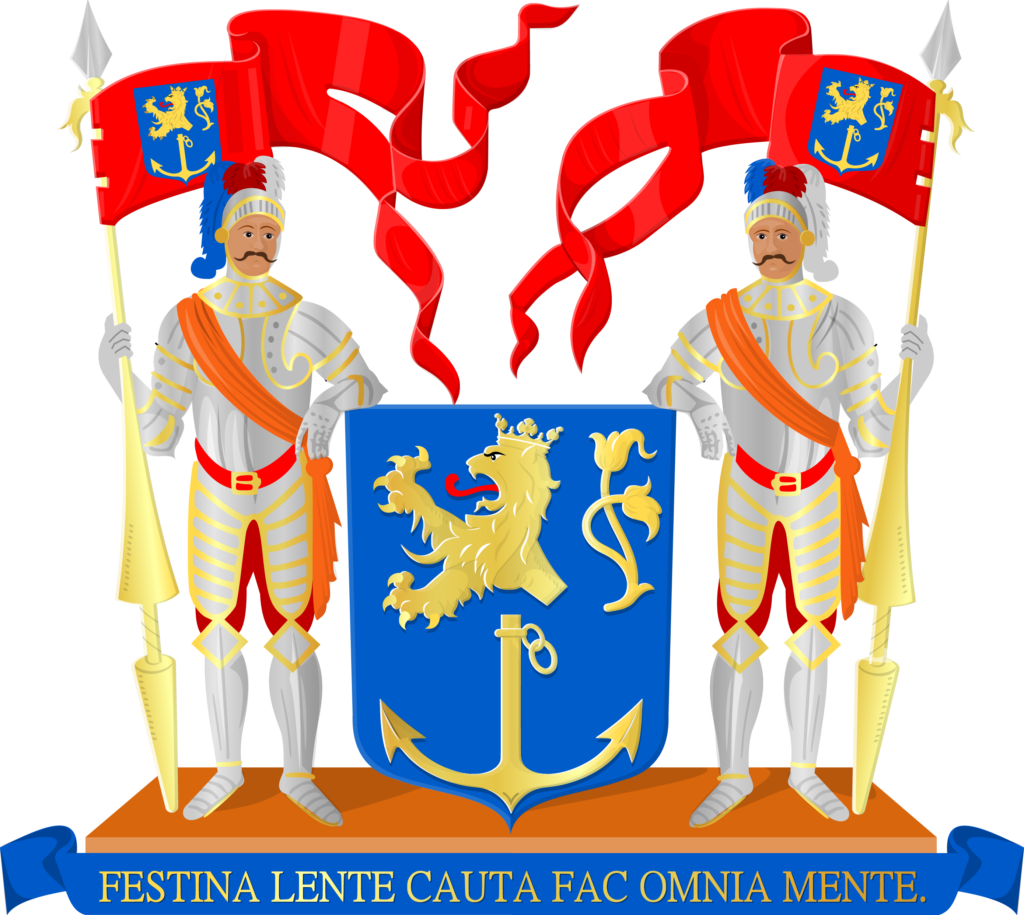
From the year 1300 the city belonged to the county of Guelders, for that reason the coat of arms of Guelders was inserted in the coat of arms of the city of Venlo. The anchor stands for shipping, Venlo was a member of the Hanseatic League and was also an important transshipment point. Motto FESTINA LENTE CAUTA FAC OMNIA MENTE which means: Hurry slowly, do everything with a cautious mind
Second World War
At the end of the Second World War, Venlo suffered a lot of damage, partly because the front line ran through the center for three months. Until October 1944, Venlo was hardly affected by the war, but that changed when the battle fronts approached Limburg. During heavy Allied bombing of the strategic Maas bridge and the nearby German airfield, the city center was partly destroyed and many civilians died. The city was liberated on March 1, 1945 by the Americans of the 9th Army during Operation Grenade.







